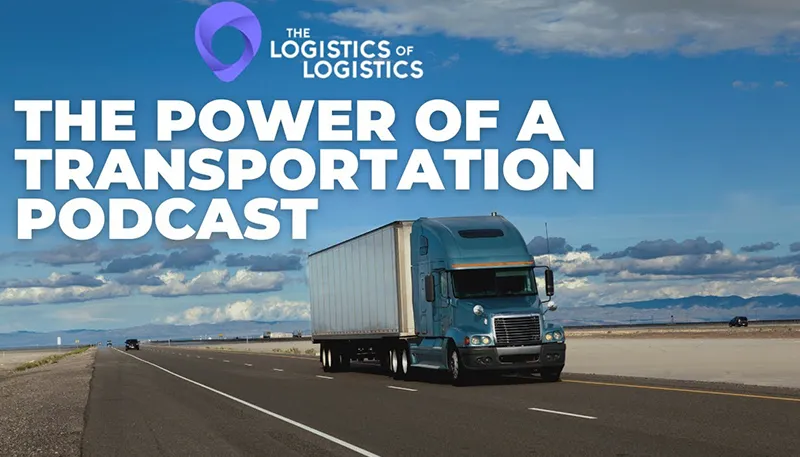Case Study: Owner Considers Current Value, Other Factors to Plan Industry Exit
Posted on February 16, 2018 by Spencer Tenney

This month, we finished a valuation for a client. Following the presentation of the report, the owner went away for a few weeks and discussed the potential tax implications of a sale with his accountant. Ultimately, the owner determined two things. First, he understood and trusted the conclusions from Tenney Group’s report concerning his transportation company’s value. Second, he still believed that after Uncle Sam took his piece of the pie, he and his wife would be about a million dollars short of their retirement funding goal. I understood his rationale, but began asking questions.
- How old are you and your wife? 60 and 61
- What is your health situation, energy, and enthusiasm for continuing to reinvest in the business? We have no major health issues. We like the industry and will likely miss it when we sell, but we are getting more concerned about financial security.
- What percent of your total retirement funding will likely come from your future business sale? 60-70%.
- To “net” another million dollars, the business needs to grow…possibly double over the next 5 years. What prospects do you see on the horizon that could materially change the top line on the income statement? We have opportunities on the horizon, but we don’t think there is a path to double the revenue without getting really uncomfortable in the process.
- What tax treatment did your accountant apply to our estimated proceeds analysis (support doc for the TransValuation which outlines most likely deal structure and what would happen at the closing table)? He described it as the worst-case scenario…no creative transaction tax strategy at all.
This scenario is very common for transportation owners. If a 40-year-old sees this information, his response is pretty simple “I’ll keep on trucking”. The sixty-year-old owner is not quite so cavalier. Capital for funding transportation business purchases is more available now than at any time since 2007. Interest rates are expected to increase at a modest clip in the coming years. Does this mean it is the perfect time to sell? Not necessarily. Lending environments are cyclical. It just means that the owner has more tools in today’s deal environment to work to execute his exit strategy and to ensure financial security for his family. Owners may need to recommit themselves to the business for another 5-7 years for a similar lending cycle to come around.
What did the seller decide to do?
- After seeking counsel from his wealth advisor, he determined that he wasn’t comfortable doubling down on a stock that already made up 70% of his future retirement funds. He did not feel that was an appropriate strategy for his age (60) and current appetite for risk.
- Instead, he chose to allow Tenney Group to help him execute an exit strategy that offered him a much better chance of extracting as much “net” proceeds as possible with far less risk. This is what the plan entails.
- Use the current capital market conditions and low interest rates to support the highest possible sale price.
- Develop a comprehensive tax strategy to dramatically limit “Uncle Sam’s” impact at the closing table.
- Work in cooperation with the owner’s wealth advisor to ensure the proceeds from the sale are placed in the appropriate investment vehicles that allow the owner to diversify/reduce risk, while also producing a modest return.
This three-pronged approach provides the owner a very realistic path to achieving his exit strategy goals, while ensuring that the owner doesn’t take any unnecessary financial risks at this critical stage in his life.


